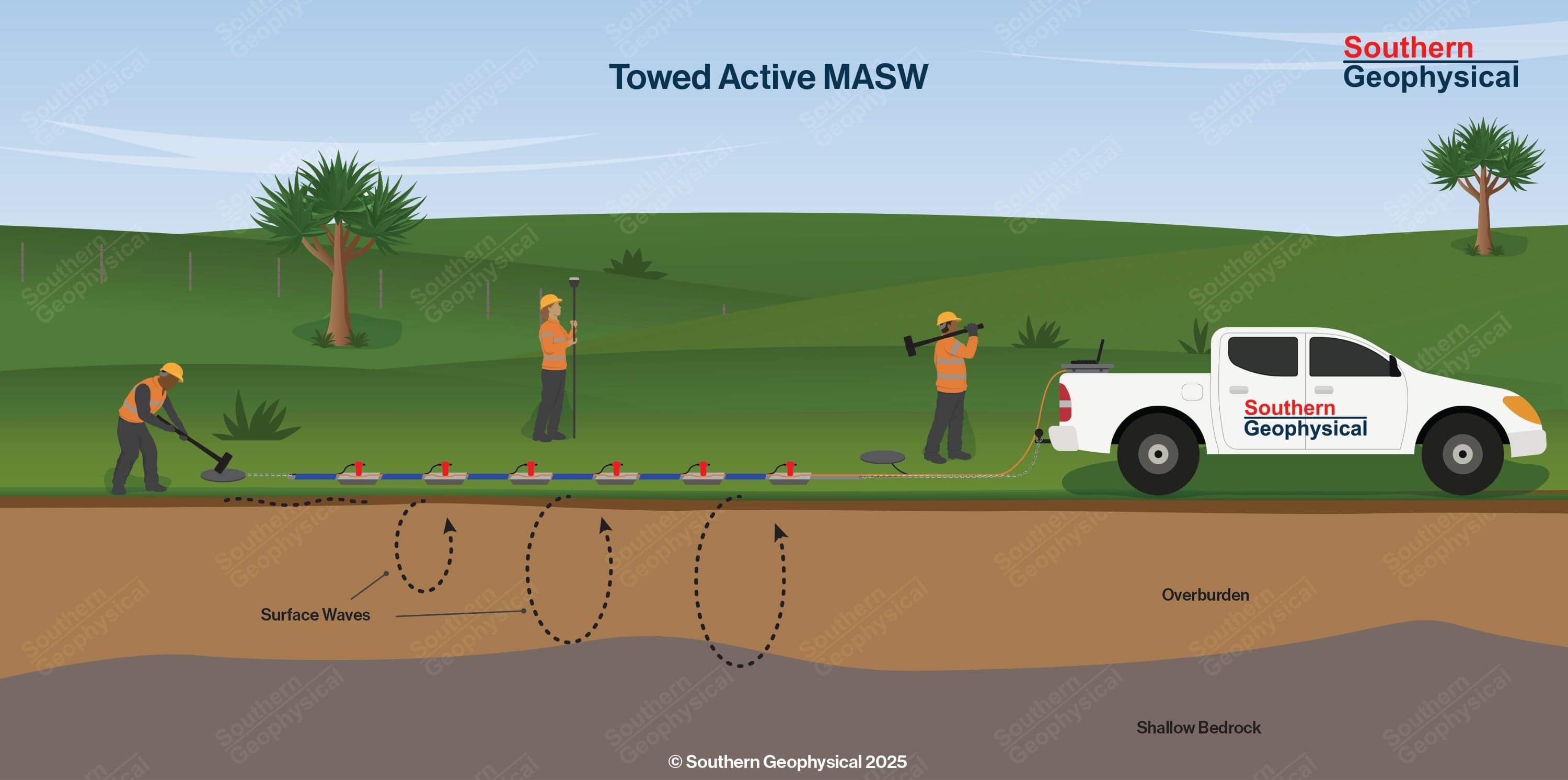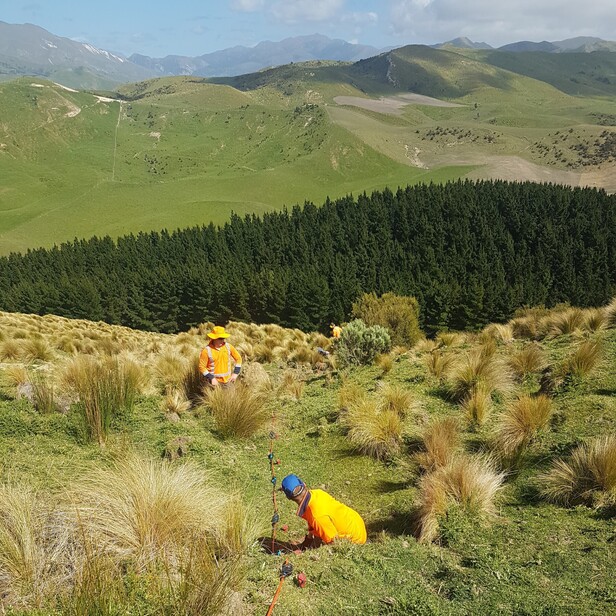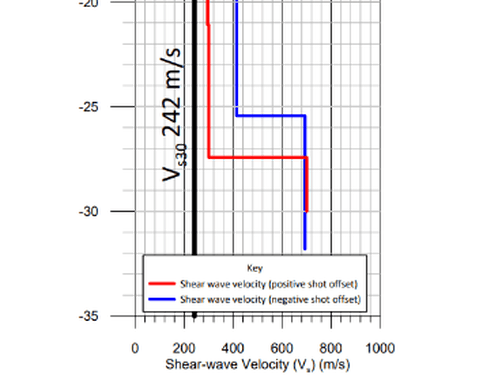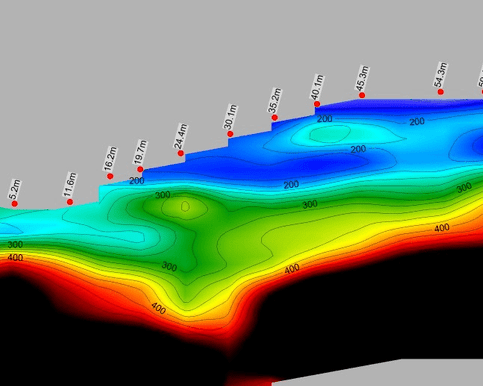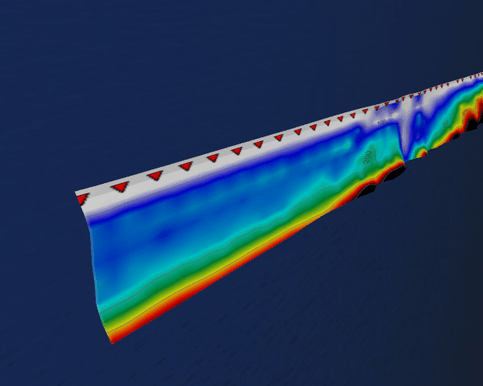Multi-channel Analysis of Surface Waves (MASW)
Providing New Zealand with industry-leading MASW surveying non-invasive shear wave velocity profiling: 1D, 2D & 3D
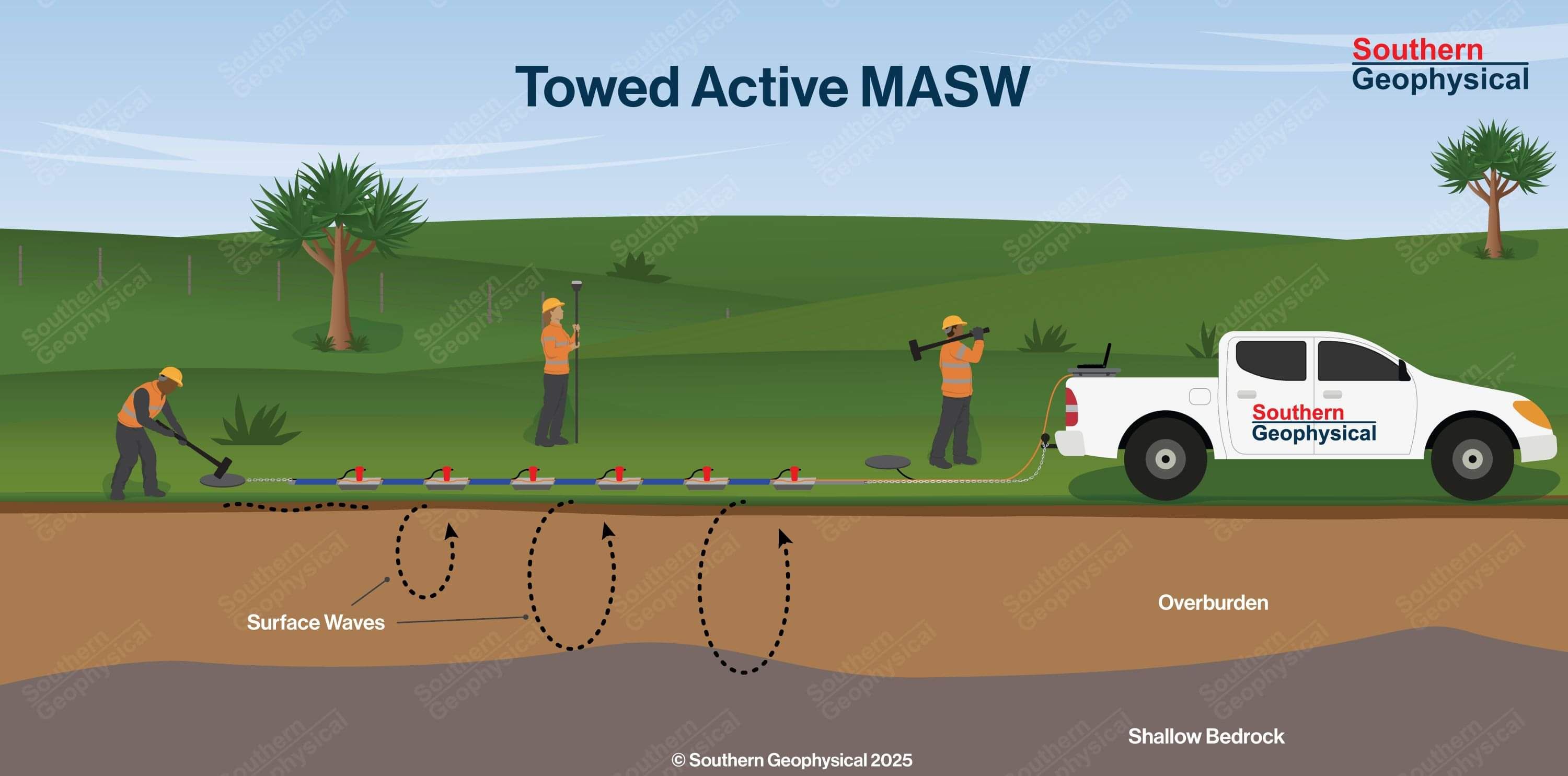
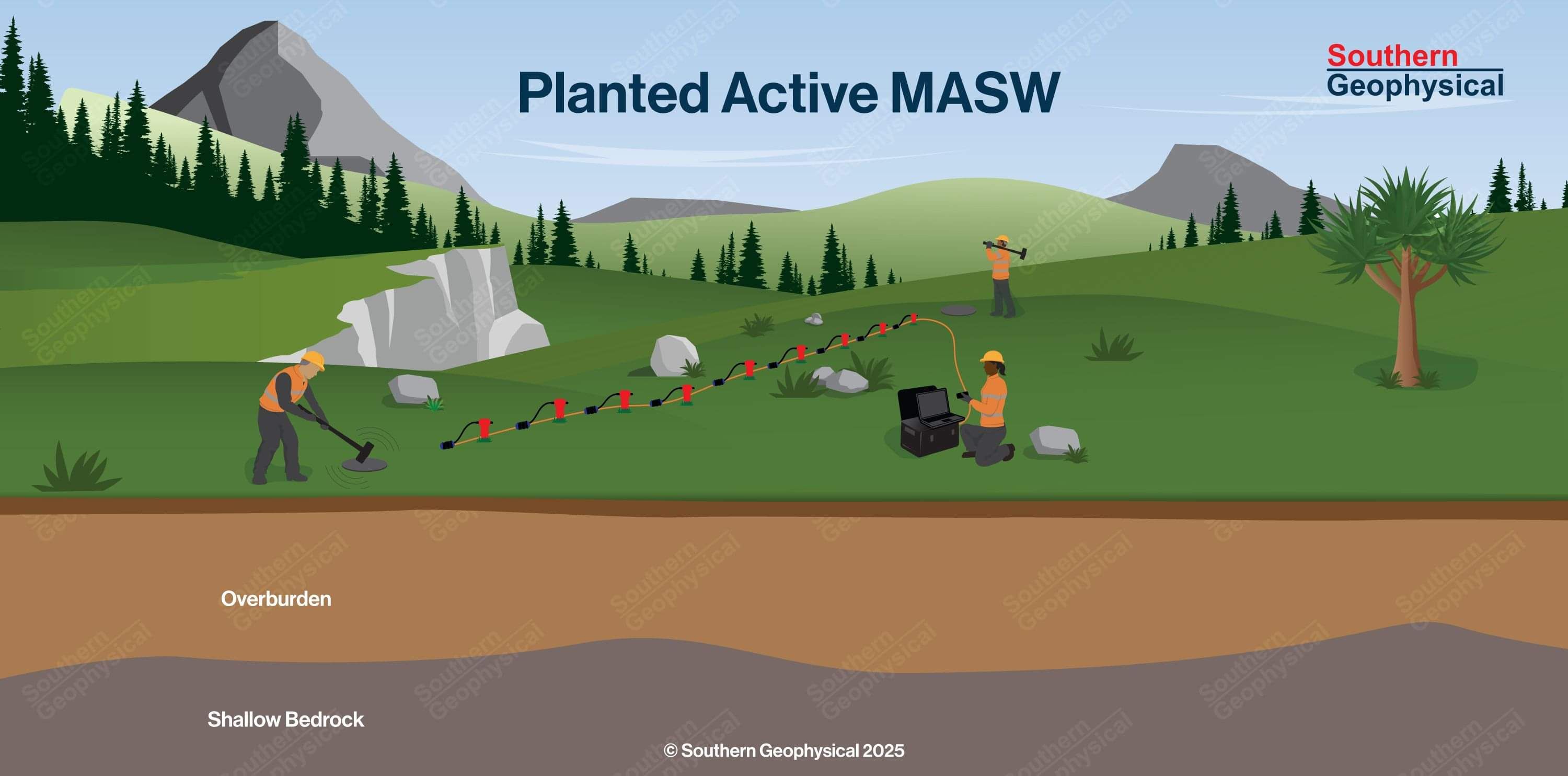
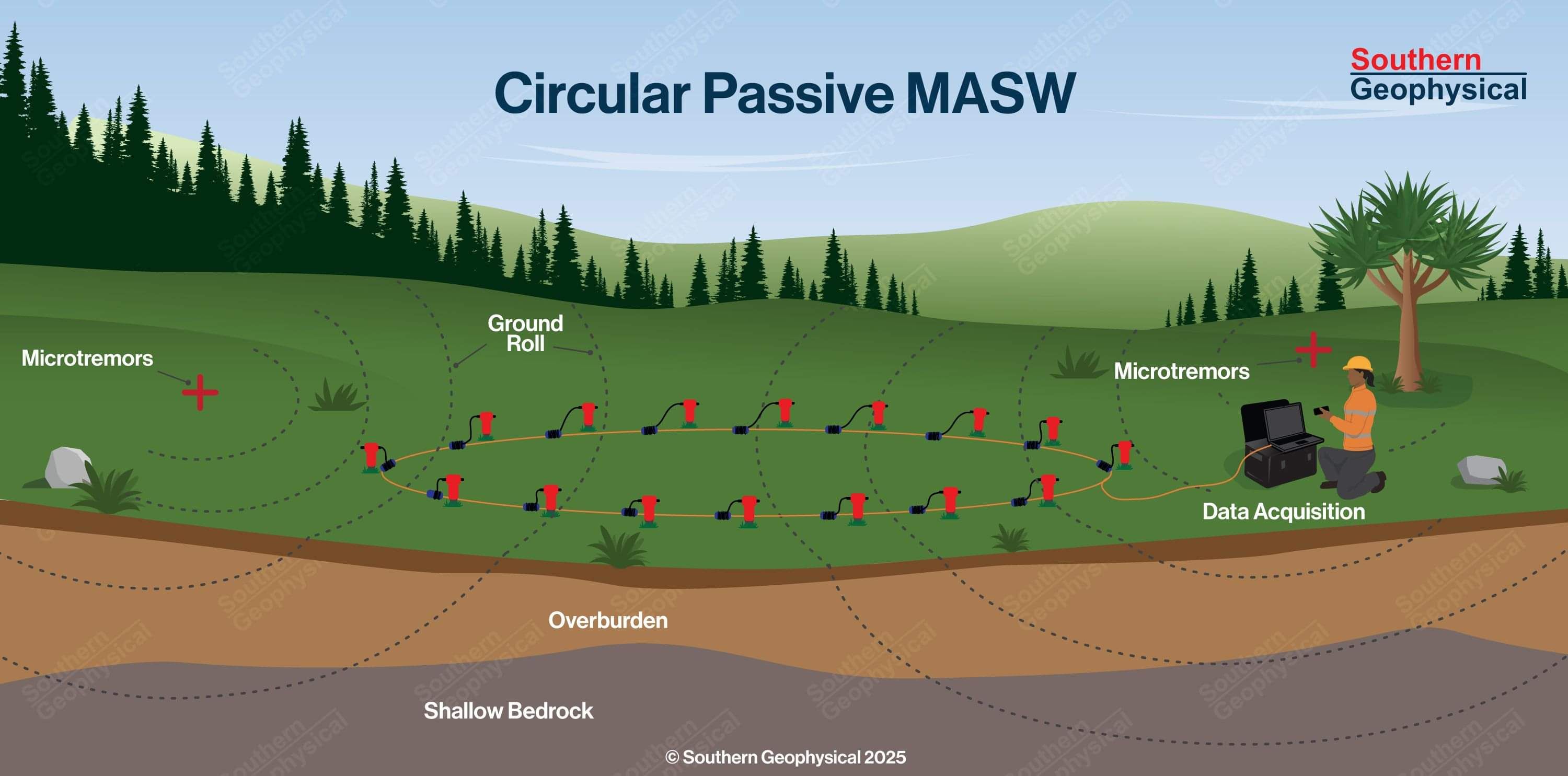
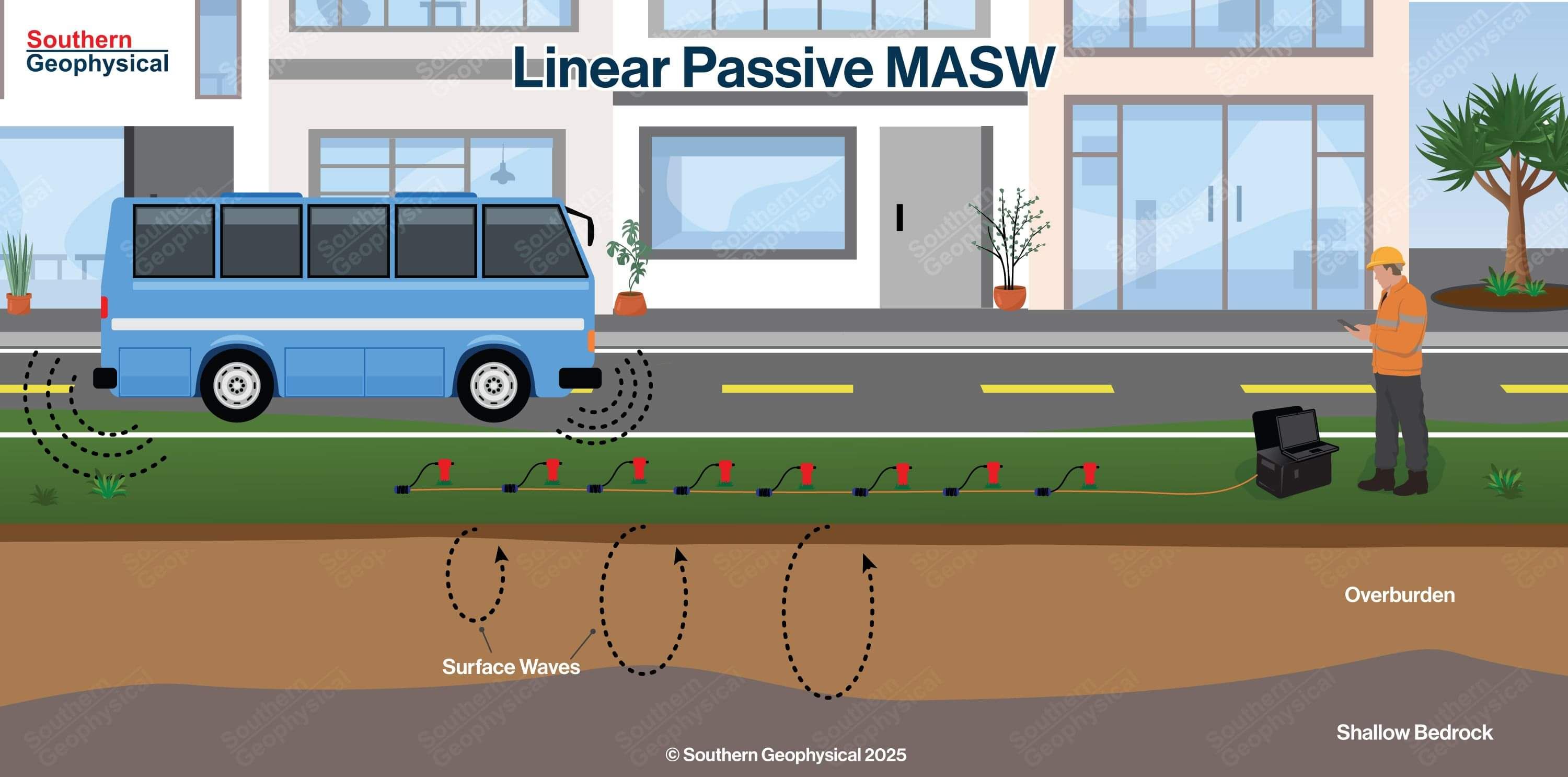
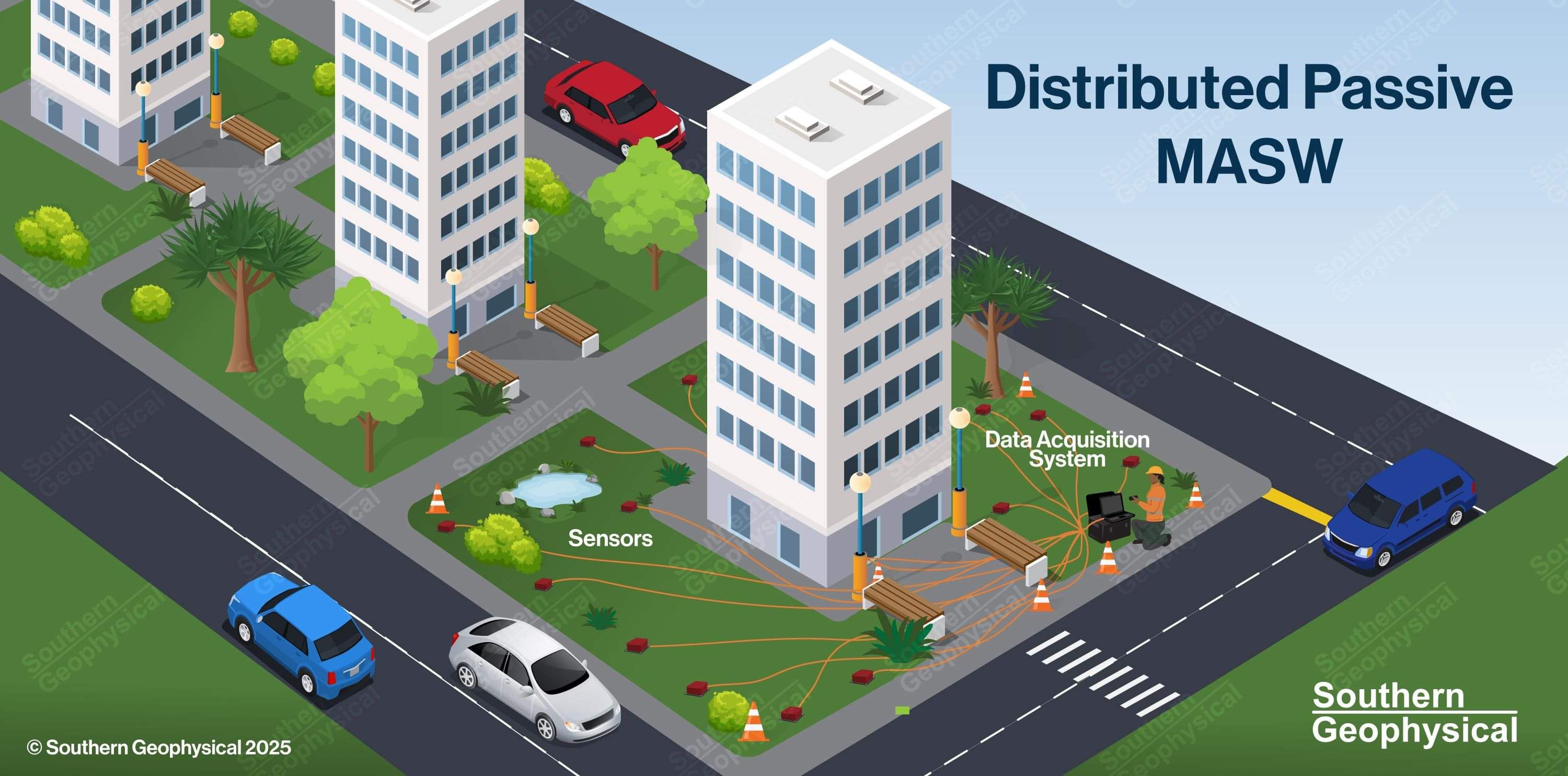
Southern Geophysical was amongst the first to introduce MASW and shear wave reflection in New Zealand and we remain the leaders in advanced planted and towed array surveys.
With flexible configurations from compact 48-channel layouts to extended 96-channel arrays, we deliver 1D soundings, 2D velocity profiles, and 3D model visualisations that support geotechnical and seismic design. We follow the latest guidelines for surface wave analysis recognised by the New Zealand Geotechnical Society (NZGS) and continually refine our work as the underlying science evolves.
For alternative approaches to Vs30 and deeper site response investigations, see our Shear Wave & Vs30 Surveys page.
Why undertake MASW with Southern Geophysical?
Depth of investigation: active MASW typically reaches 3 to 30 m, determined by about half the deployed array length. For deeper characterisation, we supplement with passive surface wave methods (HVSR and ReMi) extending penetration well beyond the active range.
Array flexibility: shorter layouts provide high-resolution shallow targets; extended arrays capture deeper horizons.
Landstreamer efficiency: our preferred system in accessible terrain, delivering rapid coverage with minimal disruption.
Rayleigh and Love wave capability: MASW can be acquired using Rayleigh waves, Love waves, or both in combination to improve model confidence.
Shear wave reflection surveys: available alongside MASW to image the
upper ~50 m in greater detail than P-wave reflection, providing direct shear wave velocity information.
Urban capability: including night-time surveys under council noise limits, proven in CBD environments across New Zealand.
Data integration: outputs can be directly imported into Leapfrog® and other geological modelling platforms.
Best-practice methods: processed by our experts using the latest software and recommendations, supported by ongoing training and development.
Our Equipment
We operate the broadest range of surface wave systems in New Zealand; from compact high-resolution near surface arrays, through to large-scale planted, towed, and distributed passive systems. This flexibility allows us to design surveys that balance penetration depth, resolution, and efficiency, whatever the environment.
Depth & Resolution
We consult with clients to define the target depth of interest, ensuring survey design is optimised for both depth and resolution rather than simply chasing maximum penetration.
Active MASW surveying typically penetrates between 3 - 30 metres depending on array length, source energy, and ground conditions. Shorter arrays provide finer resolution at shallow depths; longer arrays extend penetration. Where projects demand greater depth, MASW can be combined with passive methods (HVSR, ReMi) to extend imaging well beyond the active range.
Project Experience & Integration
Southern Geophysical has delivered MASW surveys across New Zealand and the Pacific for infrastructure, renewable energy, land development, and seismic site classification. Following the Canterbury Earthquake Sequence and Kaikoura Earthquake, we completed some of the country’s largest MASW campaigns in Christchurch and Wellington, providing critical velocity data for recovery, redevelopment, and future planning in urban centres.
We can strengthen MASW results by combining with shear wave reflection, seismic refraction, and calibration against downhole, CPT and borehole data, producing more robust velocity models.
Our commitment to you
Southern Geophysical brings unmatched experience, modern systems, and best-practice methods to every project. Since 2003, we have delivered MASW surveys ranging from small developments to major infrastructure corridors.
We consult with clients to design surveys that address the real questions at hand, ensuring results that are both reliable, practical, and fit-for-purpose.
Globally, as the science has advanced, we have continually improved our technology, training, and processing systems to maintain best practice and deliver industry-leading outcomes.
References and Guidelines
Southern Geophysical’s MASW practice is aligned with peer-reviewed New Zealand and international research, including but not limited to:
Foti, S., Hollender, F., Garofalo, F., Albarello, D., Asten, M., Bard, P. Y., ... & Socco, V. (2018). Guidelines for the good practice of surface wave analysis: a product of the InterPACIFIC project. Bulletin of Earthquake Engineering, 16(6), 2367-2420.
Ivanov, J., Miller, R. D., Hoch, A. M., Peterie, S. L., & Morton, S. (2019). Surface wave analysis sensitivity to assumptions in a-priori information. In SEG International Exposition and 89th Annual Meeting (pp. 5030-5034).
Louie, J. N. (2001). Faster, better: shear-wave velocity to 100 meters depth from refraction microtremor arrays. Bulletin of the Seismological Society of America, 91(2), 347-364.
Park, C. B., Miller, R. D., & Xia, J. (1999). Multichannel analysis of surface waves. Geophysics, 64(3), 800-808.
Stolte, A., Wentz, R., & Wotherspoon, L. (2024). Providing robust Vs30 estimates for seismic site classification in Aotearoa New Zealand. SESOC Journal, 37(2), 58-65.
Wotherspoon, L. M., Wentz, R., Cox, B. R., & Stolte, A. C. (2021). Assessing the quality and uncertainty of in-situ seismic investigation methods. In 2021 New Zealand Geotechnical Society Symposium (pp. 24-26).
How can we help?
Fill in the contact form below. We respond to all weekday enquiries within 24 hours
